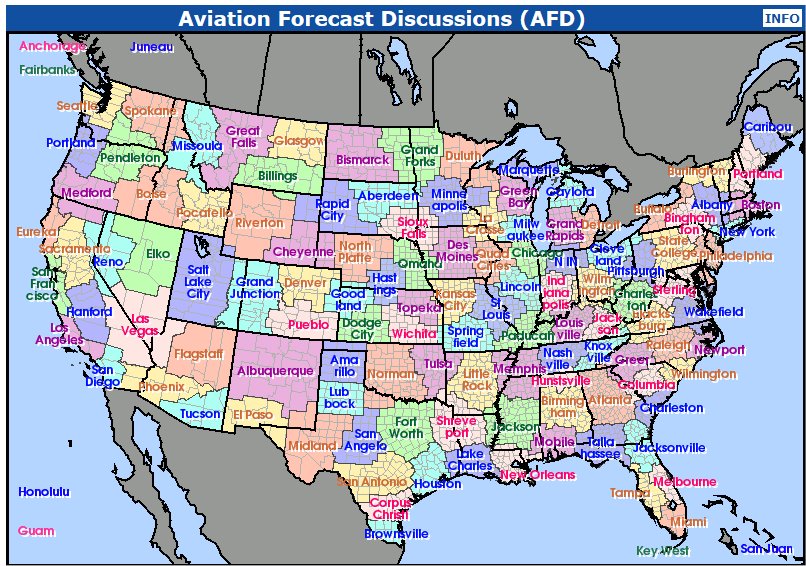A global pilot shortage continues to grow, airlines airlines in the United States (with regional airlines being hit hardest) continue to feel the pilot shortage. On a global basis, Asia and the Middle East continue to see the largest growth in annual passenger enplanements. Deliveries of the worlds largest commercial service passenger aircraft (Airbus A-380) are evidence of this growth on pair routes outside the United States with additional 737NG delivery commitments equally strong. This need is being described as a shortage of pilots.
At least that is what lots of experts within the aviation industry think. And I for one am not going to argue. The reasons for the shortage are debatable, but the reality is that no matter the reason, we are going to need more pilots and big players in the industry are starting to take notice, and get involved.
 This past week, at AirVenture, Boeing announced it is getting involved in the pilot development pipeline when it announced a “comprehensive global training solution that provides all the training a pilot needs, from basic theory through qualification as a commercial jet first officer, the “right seat” in the flight deck.”
This past week, at AirVenture, Boeing announced it is getting involved in the pilot development pipeline when it announced a “comprehensive global training solution that provides all the training a pilot needs, from basic theory through qualification as a commercial jet first officer, the “right seat” in the flight deck.”
(More information at http://boeing.mediaroom.com/index.php?s=20295&item=129164.) Continue reading →
 Remember those vague Area Forecasts (FAs) that you try to interpret and figure out what portions of what areas the un-decoded text is talking about as you think about alternate minimums, cloud ceilings over an area bigger than a TAF site covers, or as you try to plan a cross-country flight through a region? Well, many people only use them periodically, but they can actually be very useful.
Remember those vague Area Forecasts (FAs) that you try to interpret and figure out what portions of what areas the un-decoded text is talking about as you think about alternate minimums, cloud ceilings over an area bigger than a TAF site covers, or as you try to plan a cross-country flight through a region? Well, many people only use them periodically, but they can actually be very useful.

